Sorry, we’re down for scheduled maintenance
We'll be back by the 15th of August 2025, see you them.
In the meantime, you can reach us by email at enquiry@agentisinnovations.com.
Or visit our office: Agentis Innovations Limited, Ftelechas & Argyrides, Lefkosias 22-1st floor, office 103, Strovolos 2018, Cyprus

